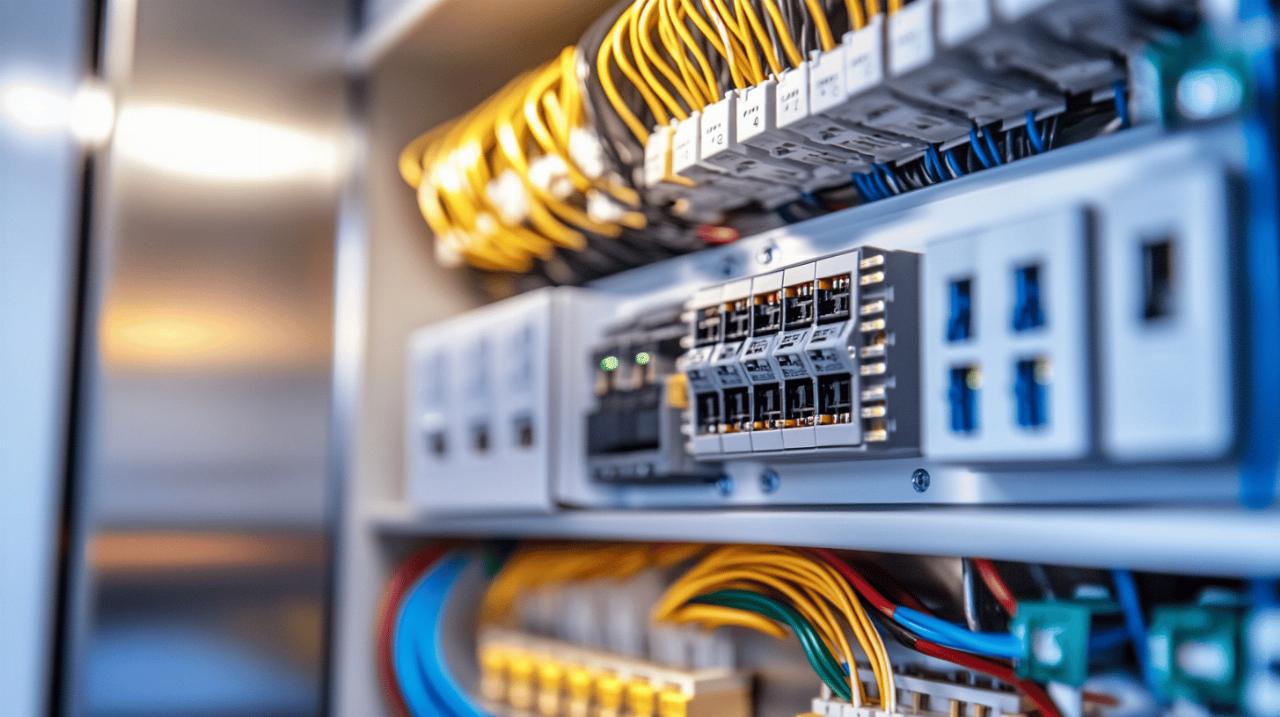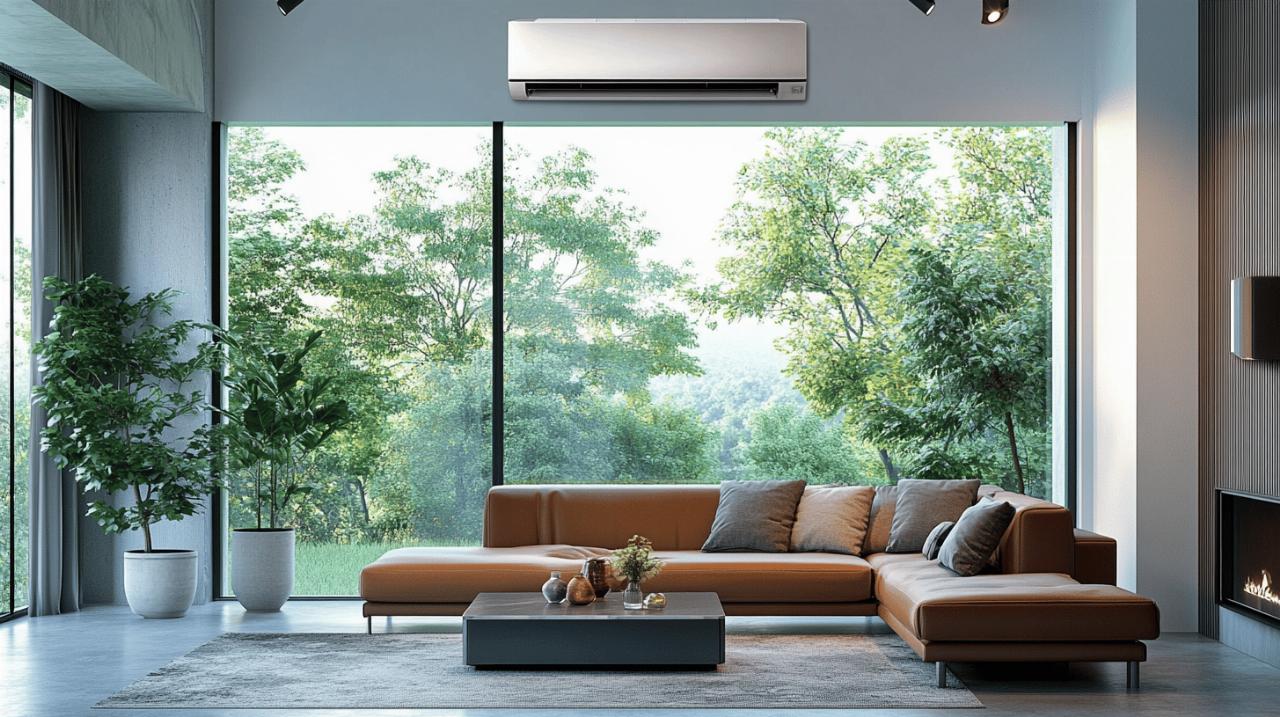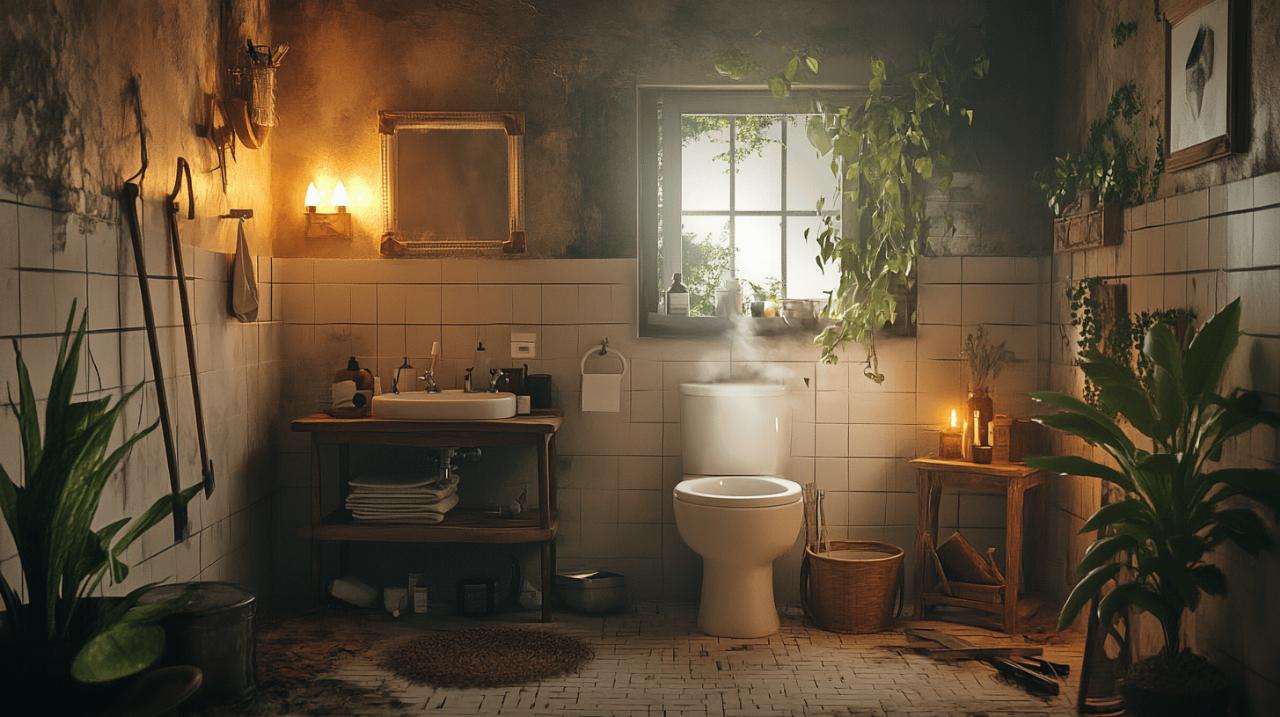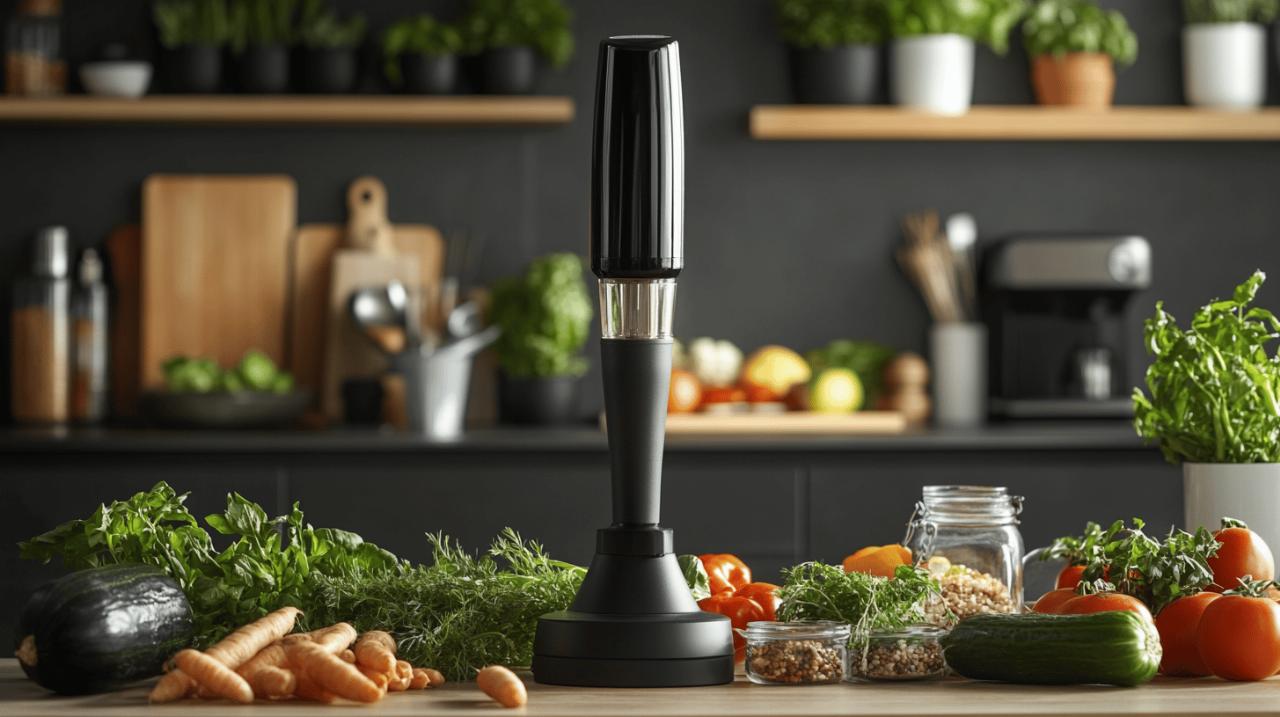How to Revolutionise Your Electrical Installation with a Modular Socket in Your Consumer Unit and Discover the Benefits of Organised Wiring
The landscape of domestic electrical systems has undergone remarkable transformation in recent years, with innovations designed to meet the demands of increasingly sophisticated households. Among these developments, the integration of modular sockets directly within consumer units represents a significant leap forward in both functionality and organisation. This approach not only streamlines the appearance of your electrical installation but also provides practical benefits that extend far beyond mere aesthetics, offering homeowners and electricians alike a solution that marries convenience with professional standards.
Understanding modular sockets: the modern solution for consumer unit efficiency
What Exactly is a Modular Socket and How Does it Function on the DIN Rail?
A modular socket is an ingenious device engineered to fit seamlessly onto the DIN rail within your consumer unit, sitting alongside the familiar circuit breakers and residual current devices that protect your home's electrical circuits. Unlike conventional wall-mounted sockets, these compact units are specifically designed to occupy minimal space whilst providing a reliable power outlet for various applications. The DIN rail mounting system ensures secure placement and allows for straightforward installation, making it an increasingly popular choice amongst qualified electricians who value both efficiency and reliability in their work. This approach to power distribution within the consumer unit itself opens up possibilities that were previously impractical or required cumbersome workarounds involving extension leads and additional enclosures.
The functionality of these sockets extends beyond simple power provision. Many contemporary modular sockets incorporate safety features such as shuttered outlets and are manufactured to withstand the demands of continuous operation within the confined environment of a consumer unit. Structured cabling systems have demonstrated that pre-wired solutions can save contractors around forty percent on installation costs, and modular sockets contribute to this efficiency by eliminating the need for separate mounting points and lengthy cable runs. The versatility of these devices means they can accommodate various plug types and are often specified with consideration for future technological requirements, ensuring that your electrical installation remains relevant as home automation and connected living technologies continue to evolve.
The Evolution of Consumer Unit Technology in Contemporary UK Homes
The consumer unit has come a long way from being a simple collection of fuses in a wooden box. Modern installations reflect the complexity of twenty-first century living, where households demand power for an ever-expanding array of devices and systems. This evolution has been driven partly by regulatory changes and partly by the rise of smart home technologies that require dedicated power sources positioned close to communication and control equipment. The introduction of modular accessories, including sockets, represents the latest chapter in this ongoing development, addressing the practical challenges faced by homeowners who wish to integrate network routers, home automation hubs, and monitoring equipment without compromising the integrity or appearance of their electrical installation.
Training routes for new and experienced electricians now emphasise understanding these modern systems, with electrical training courses offering upskilling in areas like wiring regulations and green technologies. This educational focus ensures that professionals working in the field are well-equipped to implement solutions that meet both current standards and anticipate future needs. The shift towards modular components reflects broader industry trends towards flexibility and scalability, with systems designed to be easily modified or expanded as requirements change. For homeowners, this means that investing in a properly configured consumer unit with modular sockets today can significantly reduce the cost and disruption associated with future upgrades or alterations to their electrical system.
The Practical Advantages of Installing a Consumer Unit Socket in Your Property
Achieving Professional Standards with Tidy Wiring and GTL Compliance
One of the most immediately apparent benefits of incorporating a modular socket within your consumer unit is the dramatic improvement in cable management and overall installation neatness. The housing technical duct, commonly referred to as GTL, is subject to strict requirements regarding organisation and accessibility, and the use of integrated sockets helps meet these standards by eliminating trailing cables and reducing the number of external connections required. This approach aligns with the principles of modular wiring systems, which have been shown to reduce installation time by up to seventy percent whilst simultaneously enhancing the visual and functional quality of the finished work. For electrical contractors working on commercial projects or student accommodation developments, this efficiency translates directly into reduced labour costs and faster project completion.
Beyond compliance and aesthetics, the practical advantages extend to maintenance and troubleshooting. When test equipment or diagnostic tools need to be connected during inspection or fault-finding, having a dedicated socket within the consumer unit provides immediate access to power without the need to locate an external outlet or run temporary supplies. This convenience is particularly valued in professional settings where time is of the essence, though it offers equal benefits to homeowners who may need to power communication modules or similar devices on a permanent basis. The standardised components used in these systems minimise errors and hazards, contributing to overall installation safety and reliability, whilst the compact nature of modular sockets ensures that valuable enclosure space is used efficiently.
Space Optimisation and Accessibility for Smart Home Integration
The rise of the connected home has created new demands on domestic electrical systems, with devices such as network routers, home automation controllers, and security system processors requiring reliable power supplies positioned close to the main distribution point. A modular socket within the consumer unit addresses this requirement elegantly, providing a power source that is both conveniently located and protected within the same enclosure as the property's circuit protection devices. This arrangement is particularly beneficial when integrating lighting control systems, DALI control modules, or power distribution equipment that benefits from proximity to the main supply. The space-saving design of these sockets means that even in relatively compact consumer units, it is possible to accommodate this additional functionality without necessitating a larger enclosure or external mounting arrangements.
Future-proofing is another significant consideration for property owners planning their electrical installations. The ability to easily reconfigure systems as technology evolves ensures that investments made today will continue to deliver value as new devices and services become available. Whether powering electric vehicle charging infrastructure controls, renewable energy monitoring equipment, or yet-to-be-developed smart home technologies, the flexibility offered by modular wiring solutions provides peace of mind that your electrical system can adapt to changing requirements. This scalability has been demonstrated in major projects such as the London Olympic Village and various student accommodation developments, where the ability to modify installations quickly and cost-effectively has proven invaluable. For homeowners, the same principles apply on a smaller scale, with the modest investment in a consumer unit socket potentially avoiding the need for more extensive and disruptive alterations in the years ahead.
Essential considerations and safety standards when fitting modular sockets
Navigating uk electrical regulations and manufacturer installation guidelines
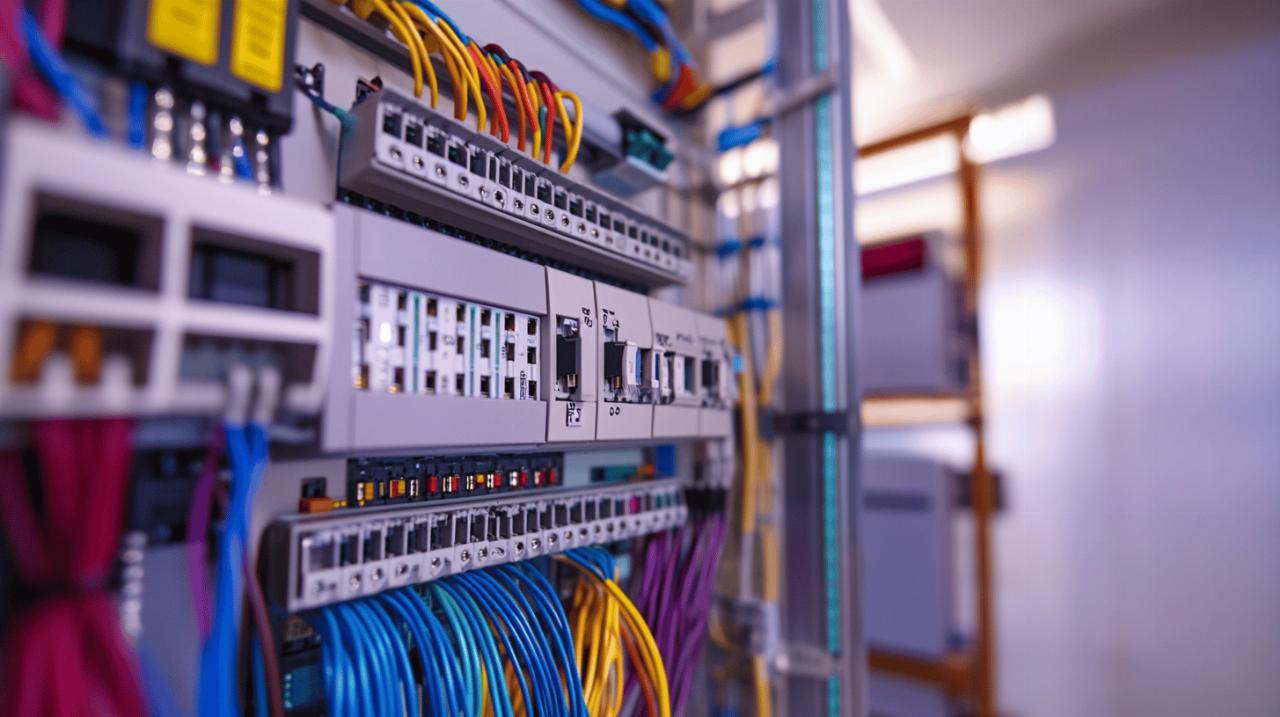 Any modification to an electrical installation must be undertaken with full regard to current regulations and best practice guidance. The installation of modular sockets within consumer units is no exception, and it is essential that work is carried out either by qualified electricians or by competent persons working under appropriate supervision. Courses for electricians working under supervision and associated tradespersons are available through various training centres located across the UK, including London, Portsmouth, Birmingham, Bristol, Gatwick, Leeds, Coventry, and Warrington, ensuring that professionals have access to the knowledge required to work safely and legally. These educational opportunities cover not only the practical aspects of installation but also the regulatory framework within which electrical work must be conducted, including requirements for testing, certification, and notification to relevant authorities.
Any modification to an electrical installation must be undertaken with full regard to current regulations and best practice guidance. The installation of modular sockets within consumer units is no exception, and it is essential that work is carried out either by qualified electricians or by competent persons working under appropriate supervision. Courses for electricians working under supervision and associated tradespersons are available through various training centres located across the UK, including London, Portsmouth, Birmingham, Bristol, Gatwick, Leeds, Coventry, and Warrington, ensuring that professionals have access to the knowledge required to work safely and legally. These educational opportunities cover not only the practical aspects of installation but also the regulatory framework within which electrical work must be conducted, including requirements for testing, certification, and notification to relevant authorities.
Manufacturer guidelines provide specific instructions regarding the installation and use of their products, and adherence to these recommendations is crucial for maintaining both safety and warranty coverage. Different brands may have particular requirements concerning the circuits to which modular sockets should be connected, the maximum load they can safely carry, and any environmental considerations that affect their placement within the consumer unit. The design of these accessories ensures compliance with relevant safety standards, incorporating features such as overcurrent protection coordination and appropriate insulation levels. However, these built-in safety measures are only effective when the socket is installed correctly and connected to a suitably rated and protected circuit. Professional installation not only ensures compliance but also provides the householder with the confidence that their electrical system has been configured to deliver reliable performance over the long term.
Assessing your consumer unit's capacity and proper circuit connection
Before proceeding with the installation of a modular socket, a thorough assessment of the existing consumer unit is necessary to determine whether adequate space and capacity are available. Consumer units vary considerably in their configuration, with some offering ample room for additional modular components whilst others may be fully occupied by existing circuit protection devices. In cases where space is limited, it may be necessary to consider upgrading to a larger enclosure or relocating certain components to create the required capacity. This assessment should also take into account the incoming supply capacity and the cumulative demand of all circuits, ensuring that the addition of a new socket and any devices it will power do not overload the system. This holistic approach to system planning is a hallmark of professional electrical design and helps avoid problems that might otherwise emerge only after the installation is complete.
The circuit to which a consumer unit socket is connected requires careful consideration. In most installations, a dedicated circuit with appropriate overcurrent protection is the preferred approach, ensuring that the socket and any connected equipment are adequately protected without compromising other circuits in the event of a fault. The use of Ensto connectors and fused spurs, as employed in some modular wiring systems, can provide additional layers of protection and flexibility, allowing for straightforward disconnection or reconfiguration if requirements change. It is also important to consider the earthing and bonding arrangements, ensuring that the modular socket is properly integrated into the property's protective earthing system. These technical considerations underline the importance of professional involvement in planning and executing such installations, as the consequences of errors can range from nuisance tripping to more serious safety hazards.
Selecting quality modular socket solutions for your electrical installation
Exploring reliable brands: schneider electric resi9 and other leading manufacturers
The choice of manufacturer and product line can significantly influence both the immediate success of an installation and its long-term reliability. Schneider Electric's Resi9 range has established itself as a benchmark in the UK market, offering modular accessories that combine robust construction with user-friendly installation features. These products are designed with the needs of professional electricians in mind, incorporating features such as quick-release mechanisms for tool-free mounting and clear labelling to facilitate circuit identification. The Resi9 system exemplifies the advantages of modular wiring, providing flexibility, reliability, and compliance with British standards whilst maintaining compatibility with a wide range of consumer unit configurations. Other reputable manufacturers offer similar solutions, each with particular strengths that may suit different applications or personal preferences.
When evaluating options, consider not only the technical specifications but also the availability of support and the manufacturer's reputation for quality. Products from established brands typically benefit from comprehensive technical documentation, customer service resources, and a track record of performance in real-world installations. The investment in quality components is modest compared to the overall cost of an electrical installation or consumer unit upgrade, yet the difference in reliability and longevity can be substantial. Electrical accessories from leading manufacturers are subjected to rigorous testing and quality assurance processes, providing confidence that they will perform as expected throughout their service life. This assurance is particularly important in applications where reliability is critical, such as powering security systems or home automation equipment that provides essential functionality or monitors vulnerable individuals.
Future-proofing your home: connected living and technical equipment requirements
The trajectory of domestic technology points inexorably towards greater integration and connectivity, with homes increasingly reliant on networked devices and centralised control systems. Preparing for this future requires thoughtful planning of electrical infrastructure, and the inclusion of modular sockets within consumer units forms an important part of this strategy. These sockets provide the foundation for powering communication hubs, network equipment, and control modules that serve as the nervous system of the modern connected home. By establishing this capability during initial installation or major refurbishment, homeowners can avoid the inconvenience and expense of retrofitting solutions as new technologies are adopted. This forward-thinking approach has been validated in numerous applications, from large-scale developments like the Olympic Village to individual domestic properties where the ability to easily expand or modify systems has proven invaluable.
Technical equipment requirements continue to evolve, with developments in areas such as electric vehicles, renewable energy systems, and home energy management creating new demands on domestic electrical installations. A well-designed consumer unit with appropriate modular accessories provides the flexibility to accommodate these emerging technologies without requiring fundamental alterations to the distribution system. Online courses are available for flexible learning, allowing both professionals and informed homeowners to stay abreast of developments and understand the implications for their installations. This ongoing education ensures that electrical systems remain fit for purpose as the technological landscape continues to shift, protecting the value of investments made in property infrastructure and supporting the adoption of innovations that can enhance comfort, efficiency, and sustainability. The modest addition of a modular socket today may well prove to be a prescient decision that simplifies future upgrades and demonstrates an appreciation for the evolving nature of domestic electrical requirements.
